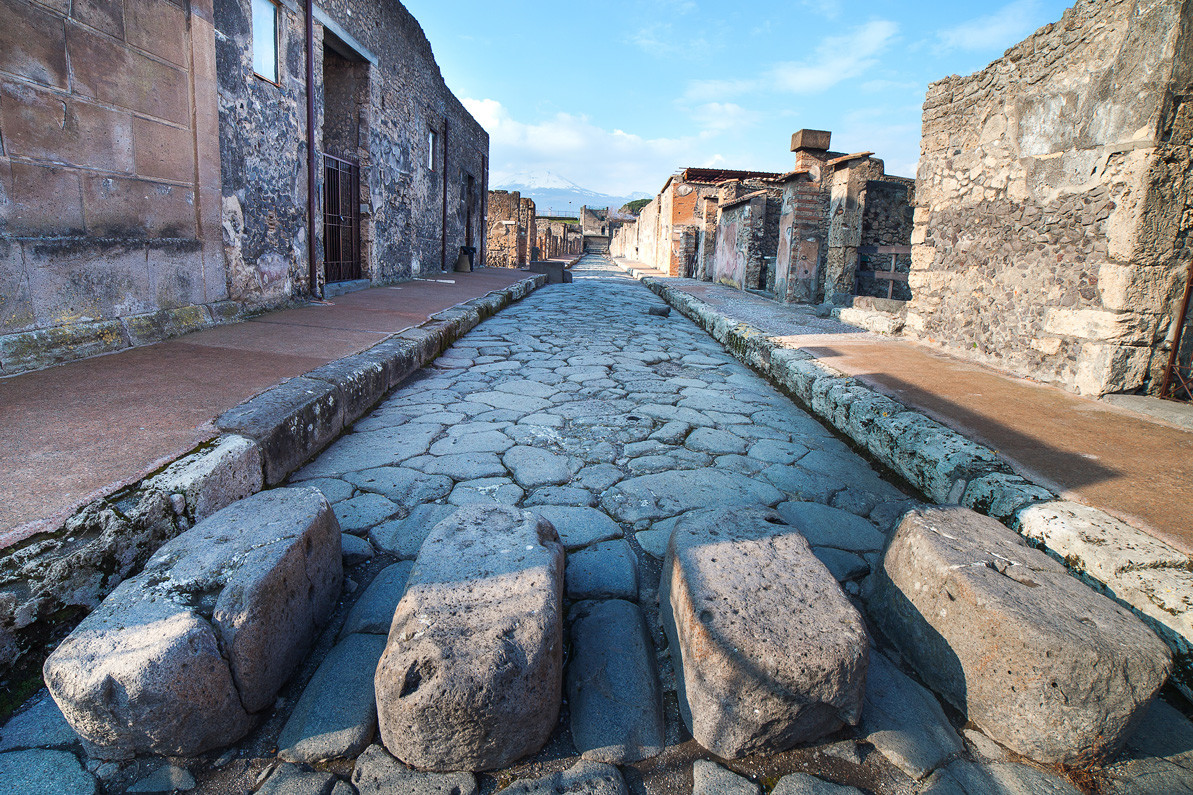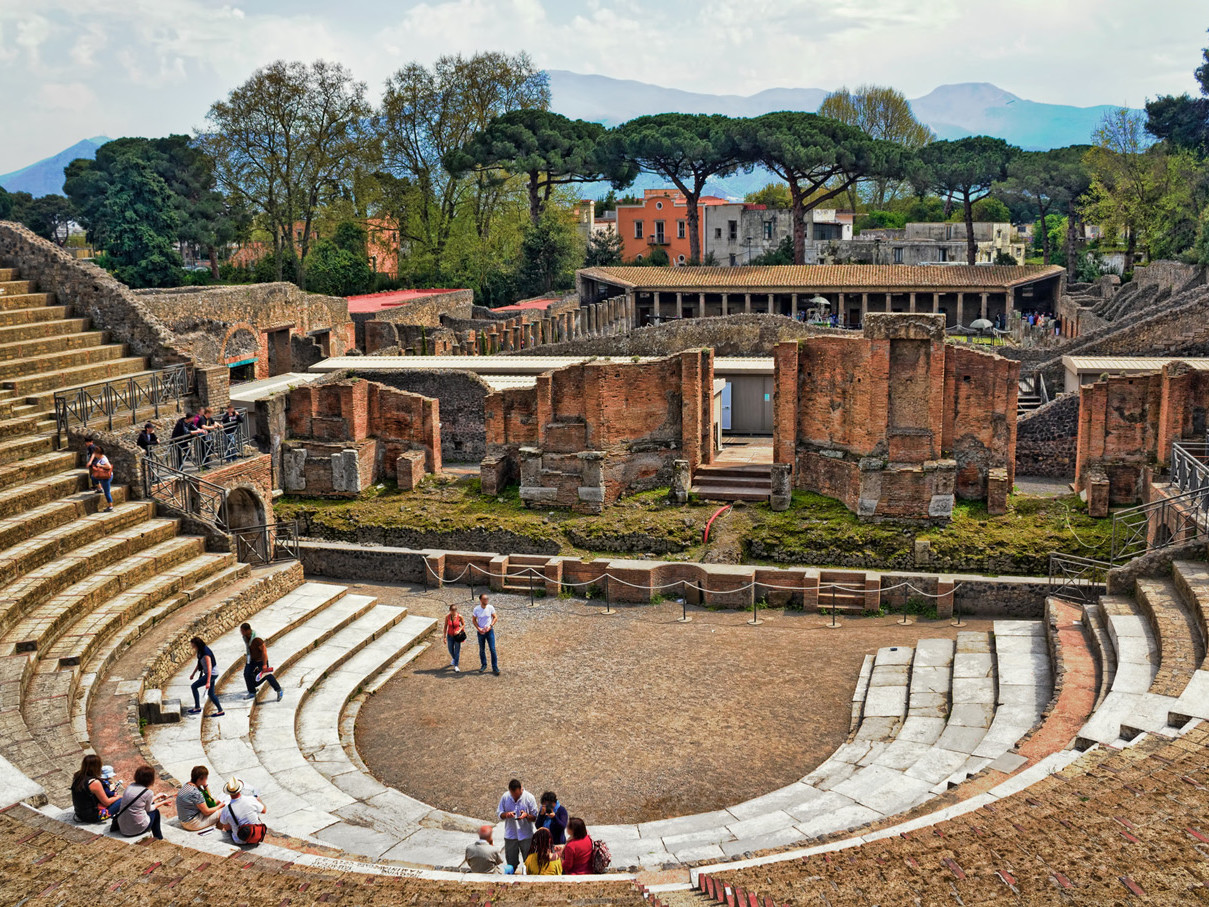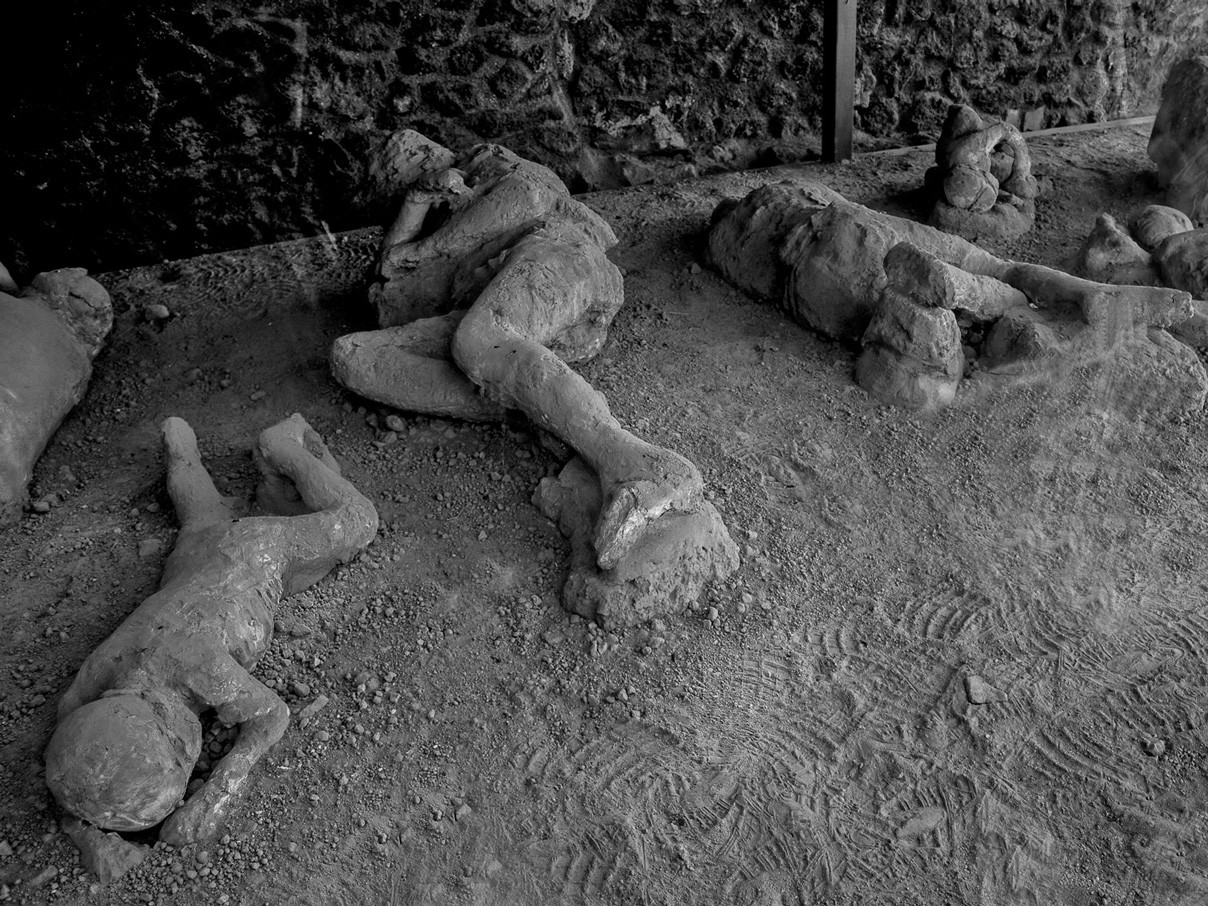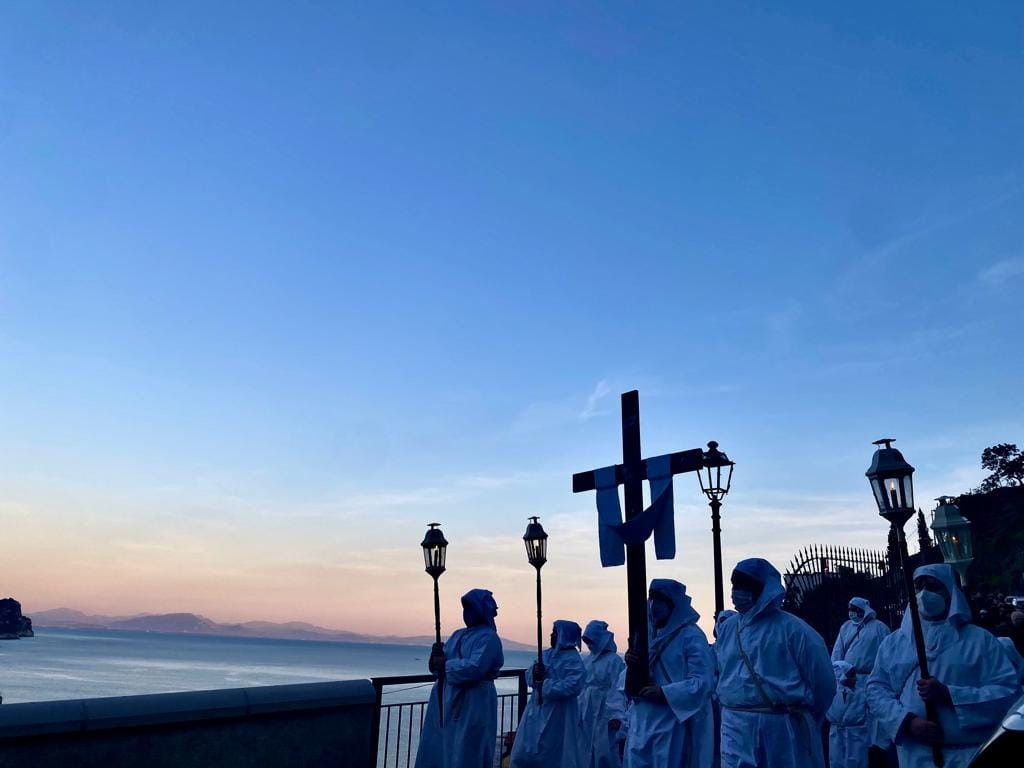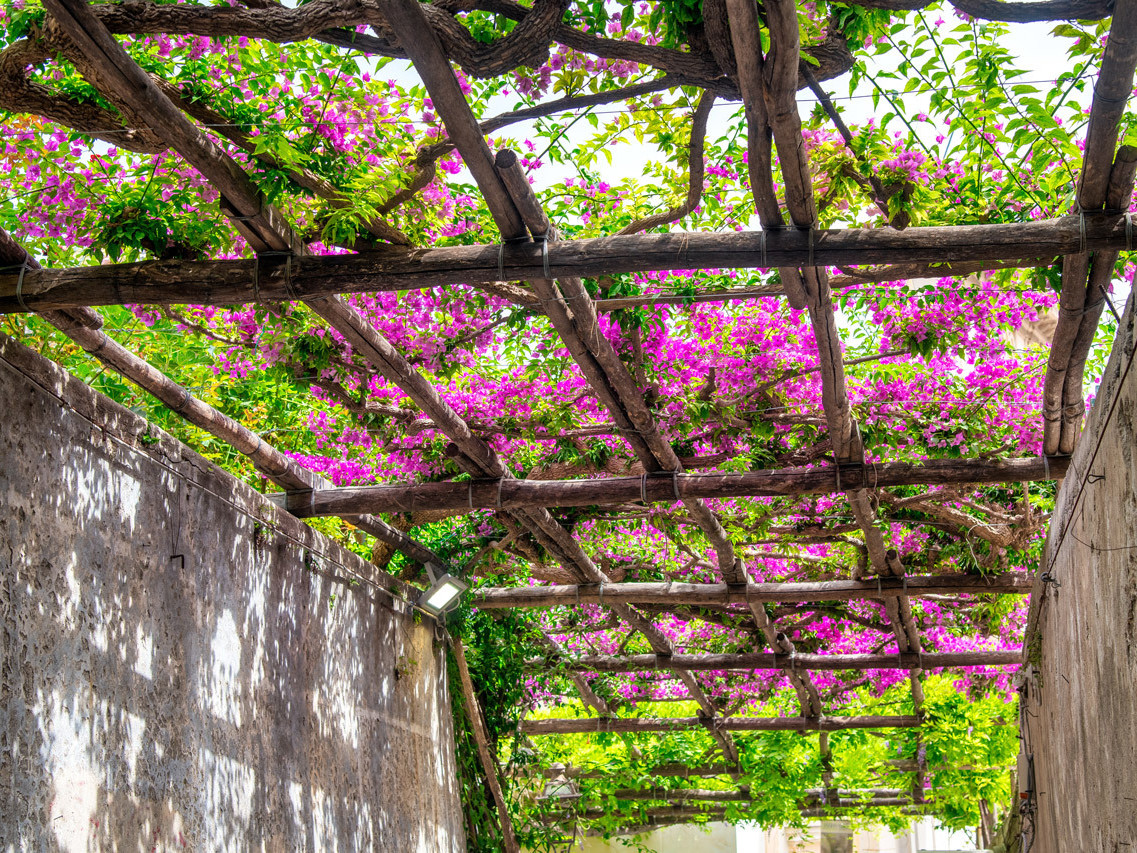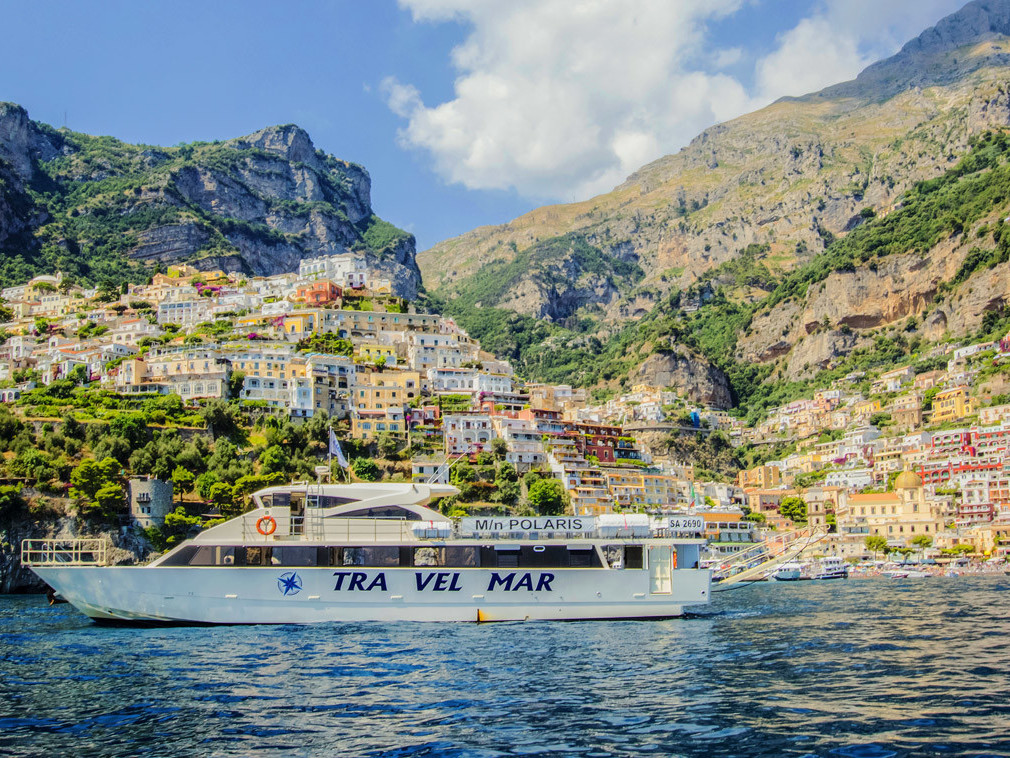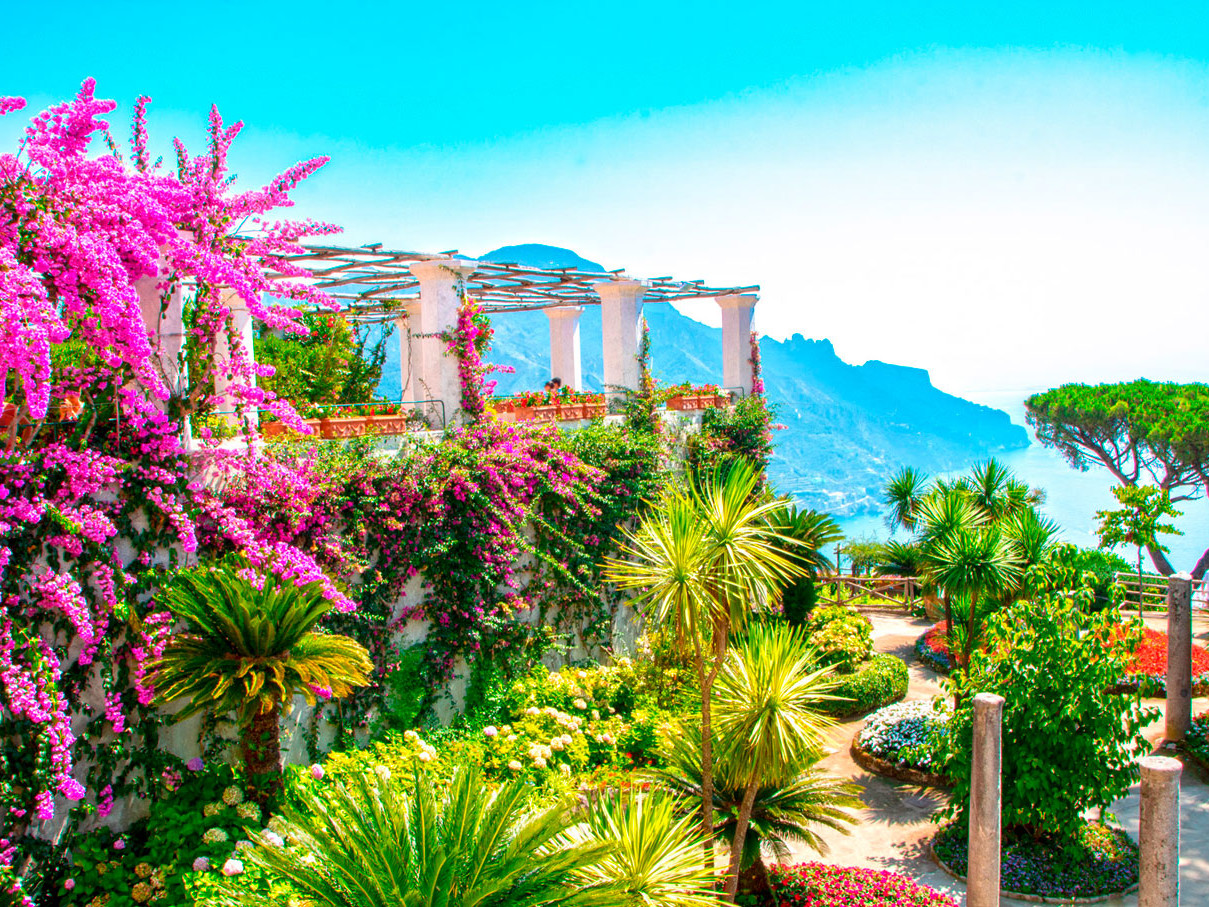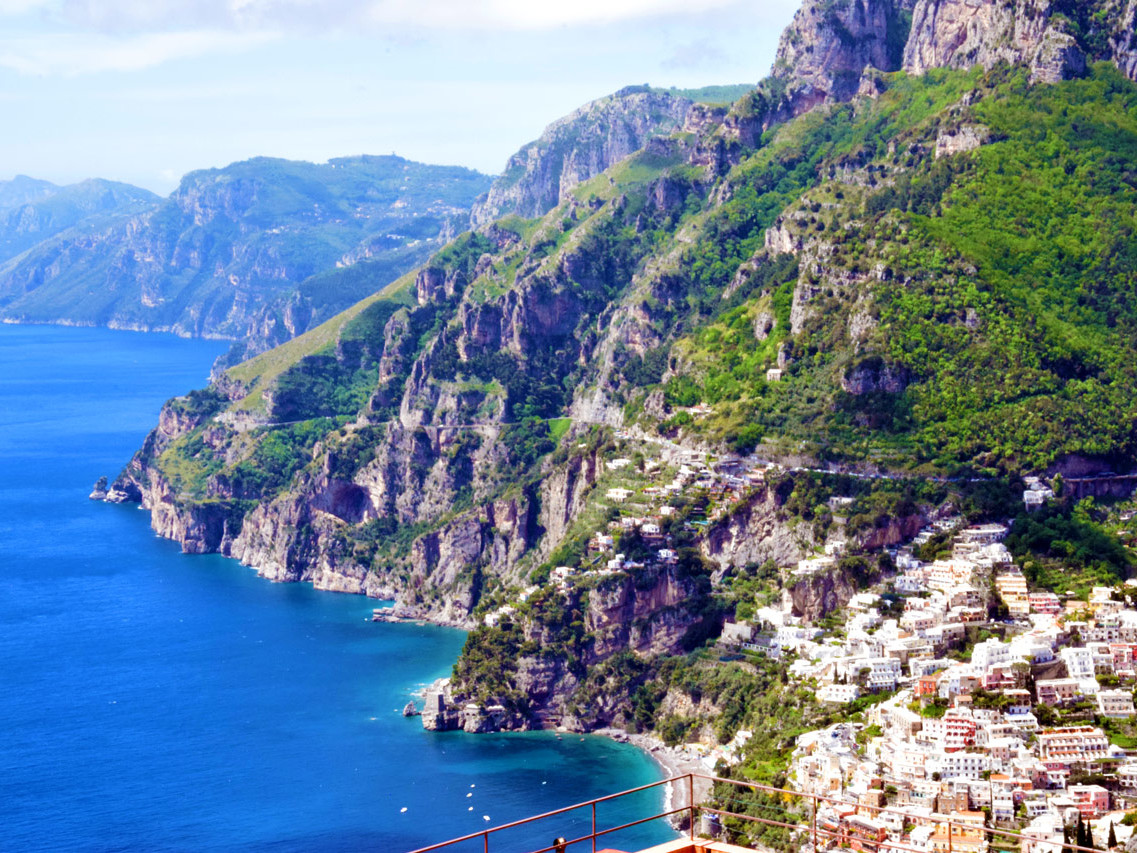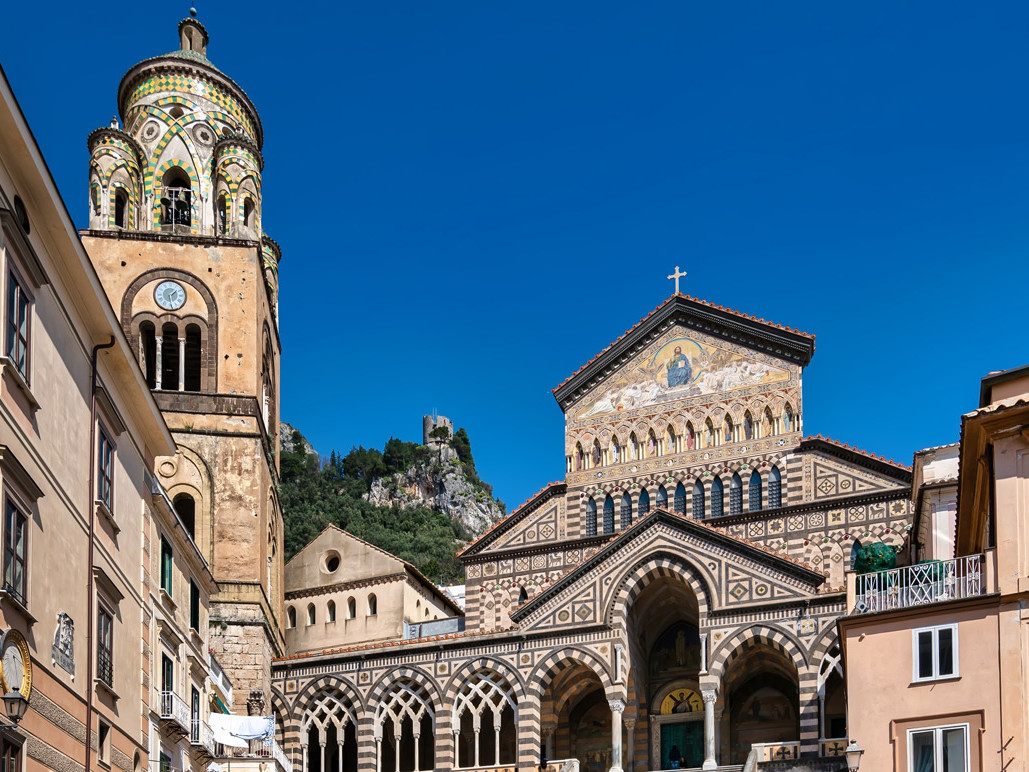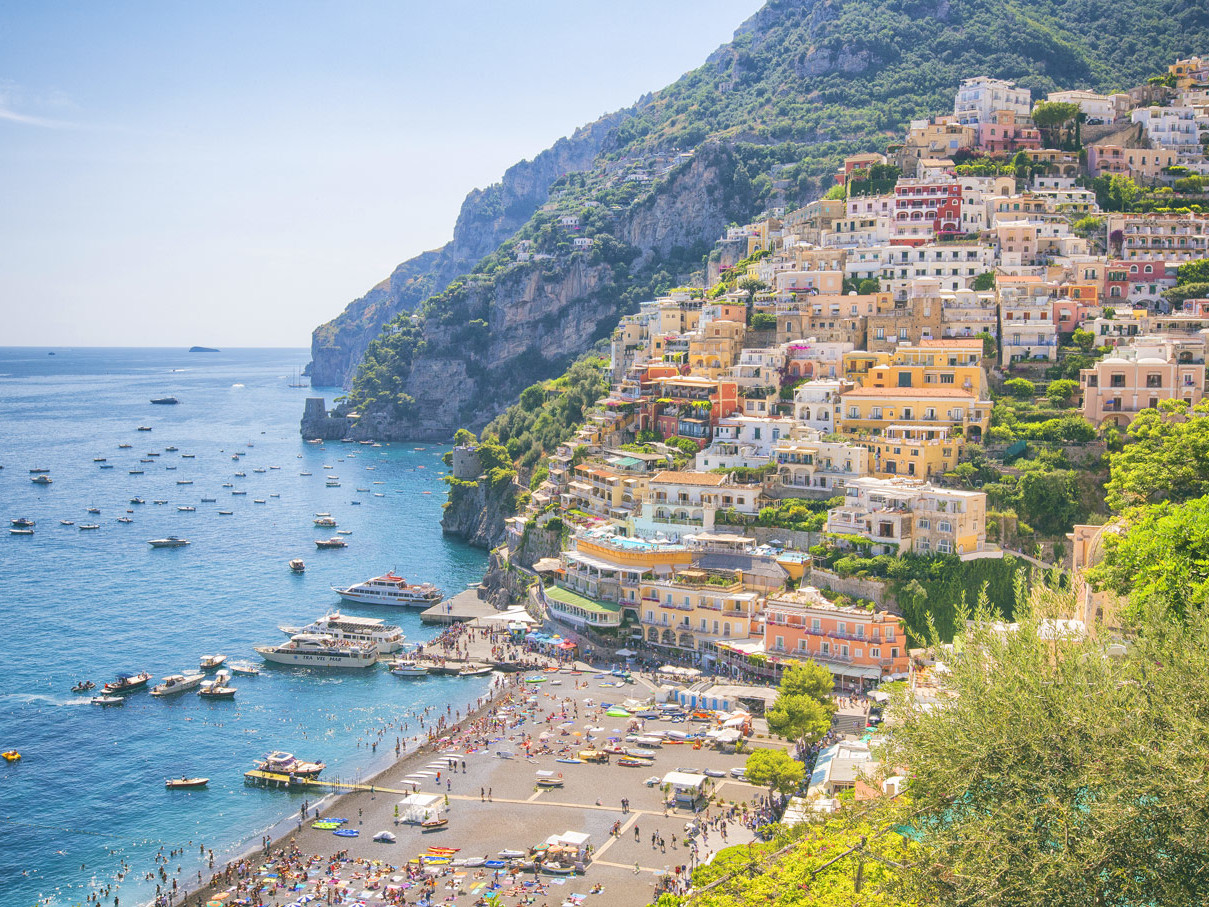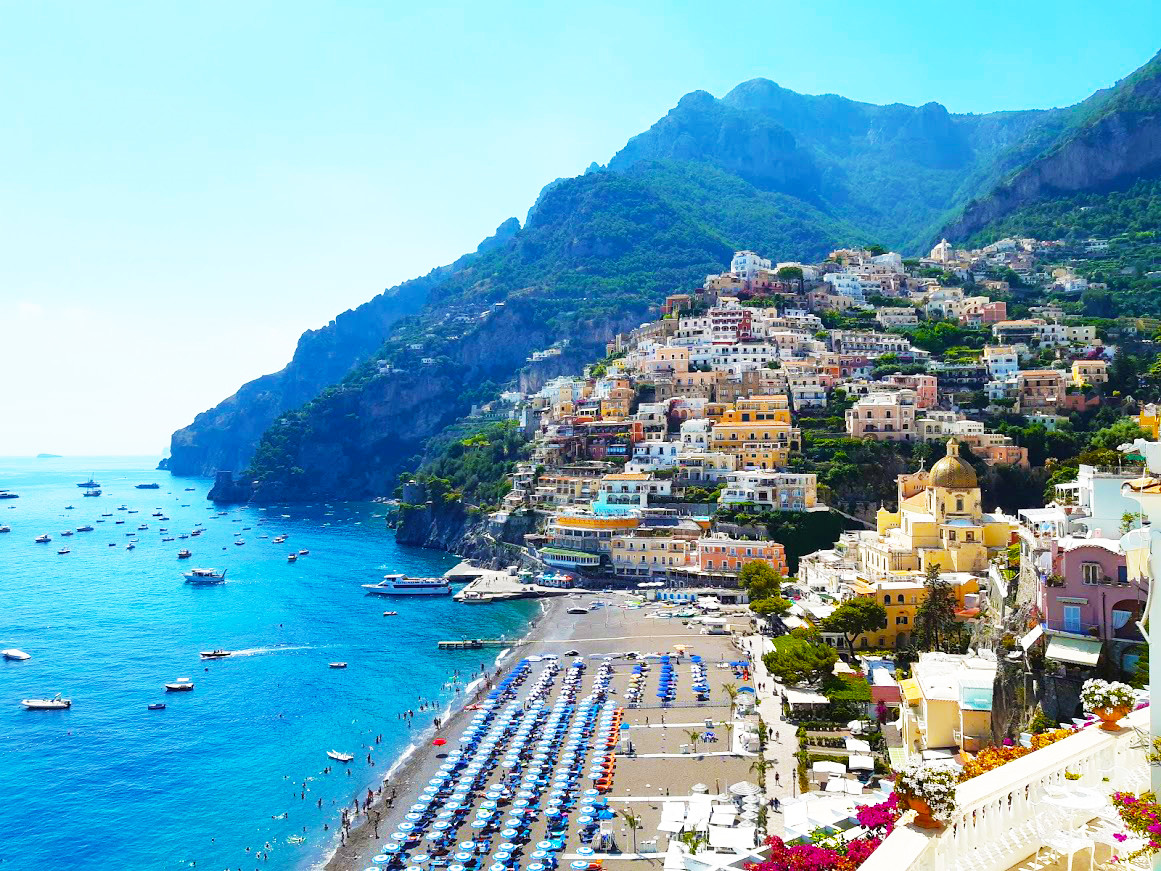POMPEII: GOING BACK IN TIME IS POSSIBLE!
The archaeological site of Pompeii was declared a UNESCO World Heritage Site in 1997, along with those of Herculaneum and Oplonti. Being a unique example in the world of a largely intact Roman-era city, it is visited by millions of tourists every year. Anyone who comes to Campania must absolutely visit it!
by Roberta Cascone
Ancient Pompeii was tragically buried by a blanket of ash and lapilli during the eruption of Vesuvius in 79 AD, along with the cities of Stabia, Oplonti and Herculaneum. This fatality caused its destruction and the death of some 20,000 people. Few, however, know that it was the ash that protected the remains of the Roman city, which otherwise would have disappeared with the passage of centuries. Instead, since Pompeii remained buried and therefore hidden, it was possible to bring it to light in all its glory almost two thousand years later. The first excavations began at the behest of King Charles III of Bourbon in 1748 and continued over the following centuries. Even today, archaeologists are still making amazing finds that make it possible to study and gather more and more information about the life and customs of the ancient Romans. This is why Pompeii is unique: the archaeological park is visited each year by nearly 4 million tourists who come from all over the world to admire its buildings, temples, frescoes and mosaics, all in a marvelous state of preservation. So, the eruption was indeed an immense catastrophe, but only because of it was it possible to learn about our past and delve into the incredible ingenuity of the ancient Romans.
share this article
Pompeii Forum
Pompeii in the past and Pompeii today
The city of Pompeii was probably founded by the Oscans, an Italic population, around the 8th century BC. Later it came under Greek, then Etruscan and Samnite influence: with the latter it became an important trading center and a thriving port. In the 3rd century the Romans annexed it to the empire and also made many urban changes. Indeed, thanks to them, the streets were organized into cardi and decumani and many public buildings and works of high engineering such as the city's aqueduct were built. Excavations that began in the mid-eighteenth century unearthed not only the huge civil forum, i.e., the square, with temples and structures such as the Macellum (the marketplace) and the Basilica (the tribunal), but also dozens and dozens of private Domus, bath complexes, and ludic buildings that feature marvelous decorations in mosaics, stucco, or colorful frescoes. Visiting Pompeii can take up to several days, but there are some buildings that due to their uniqueness are among the favorite destinations of tourists and are considered unmissable: let's see together what they are!
Must-see attractions
- The Amphitheater: one of the oldest in the world, it consists of an arena surrounded by stalls on several levels. It could accommodate about twenty thousand spectators, who watched gladiatorial games and shows.
- The Stabian Baths: this is the oldest thermal complex, whose men's section still retains its vaulted roof, decorated with colored stucco, marble benches and a frescoed frigidarium.
- The Great and Small Theaters: semicircular in plan, they were equipped with a cavea that held thousands of spectators. They were used for theatrical and musical performances.
- Via dell’Abbondanza: along the city's main street you can see ancient stores, the electoral inscriptions painted on the walls, and especially the termopolia, where the residents could buy food and drink to take away.
- The Lupanare: a few steps from the Stabian Baths is one of the twenty-five brothels found in the city. Despite its small size, the Lupanare is the most visited building in Pompeii because of the erotic frescoes that decorate the walls inside, which are still in an excellent state of preservation.
- The House of the Faun: at 3,000 sq. m., it is the largest domus in Pompeii and is famous for its mosaic depicting the Battle of Issus between Darius and Alexander the Great, a copy of which it now preserves.
- The Villa of the Mysteries: a suburban villa, it owes its name to the pictorial cycle decorating the triclinium (the dining room), in which mystery rites related to the cult of the god Bacchus are depicted. This is the most famous fresco in all of Pompeii, since the figures are life-size and have come down to us in an almost perfect state of preservation.
- The Garden of the Fugitives: it owes its name to the presence of the bodies of 13 victims of the eruption, whose evocative "casts" were made. By pouring liquid plaster inside the solidified ash bank, it was possible to obtain the silhouette of the people who died while fleeing Pompeii, who in this way were immortalized in their last moments of life.
The Great Theatre and the plaster casts of the Garden of the Fugitives
How to get there and visiting tips
Anyone visiting Campania should devote a day to Pompeii: they are sure to be fascinated! The ancient city is also easily accessible from the Amalfi Coast: the fast ferry company Travelmar organizes guided tours of the park every Wednesday and Saturday starting April 1: for all information you can visit the link: https://www.travelmar.it/en/pompeii-ruins-tour-from-the-amalfi-coast
Also, starting from Salerno, regional trains to Pompeii and several bus lines, including SITA and BUSITALIA No. 4 and No. 50, are available.
As for visiting, here are some tips: since Pompeii covers 66 hectares, it is not always possible to visit it in its entirety, especially during peak tourist periods (May-September).
Also, the excavations are constantly changing: always check the official website of the archaeological park to stay updated on the latest openings!
Finally, wear comfortable shoes, bring a bottle of water and get ready to go back in time!
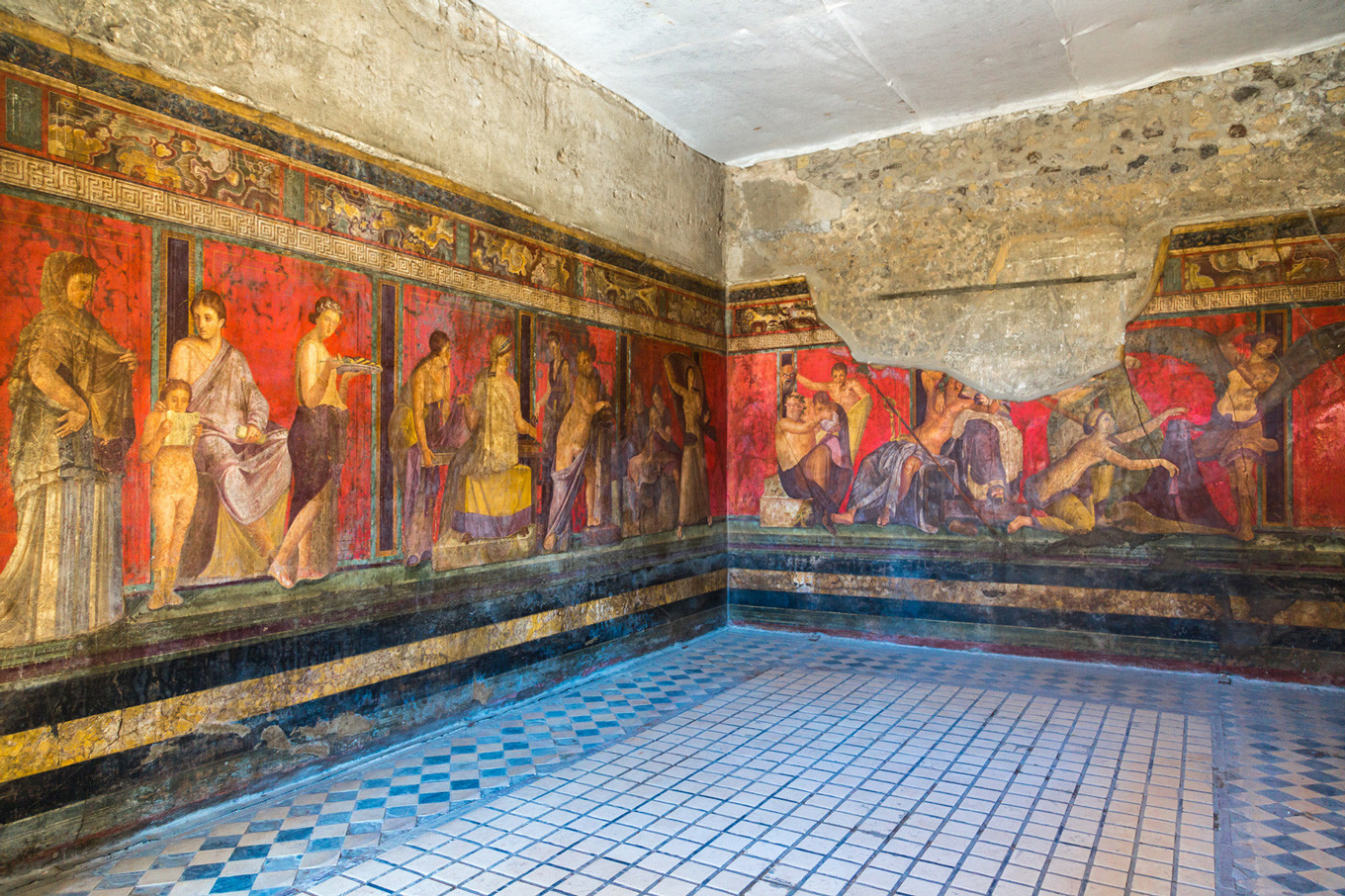
Villa of the Mysteries
share this article
- After a visit to Pompeii in 1769, composer Wolfgang Amadeus Mozart was enraptured by the beauty of the temple of Isis and composed the opera "The Magic Flute."
- In 1971 the amphitheater in Pompeii was used by the band Pink Floyd for a concert without an audience that has remained in rock history!
- The writer Johann Goethe, who visited Pompeii on his European tour, commented on his visit thus, "Never has any catastrophe brought such joy to posterity as that which buried these Vesuvian cities."


